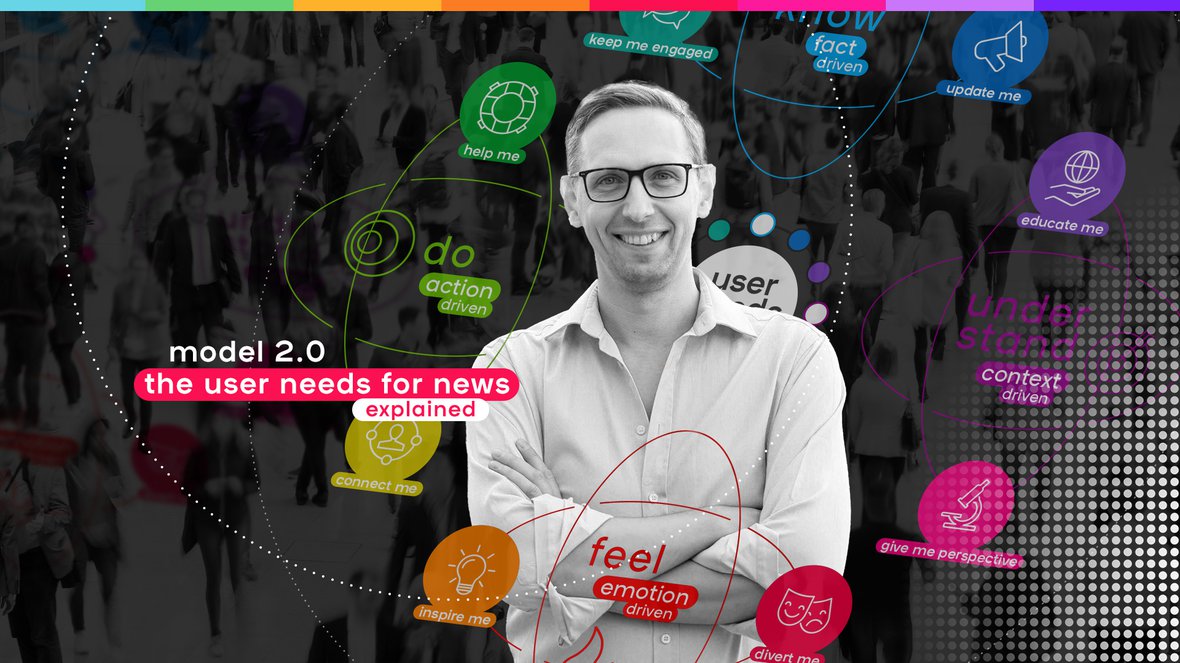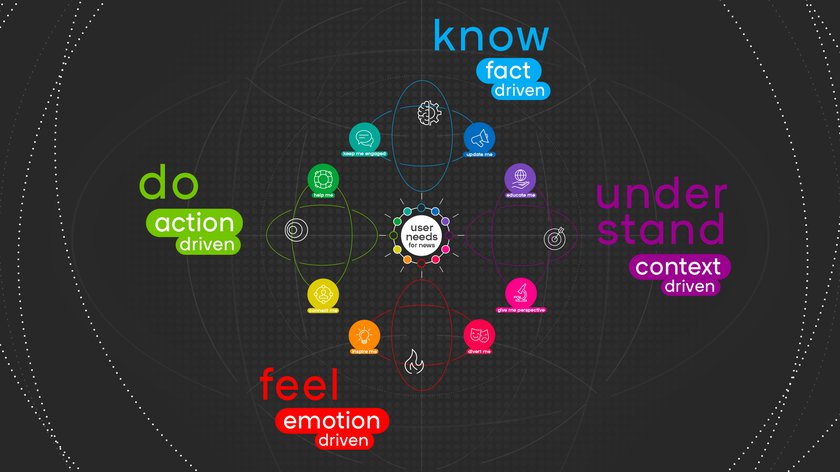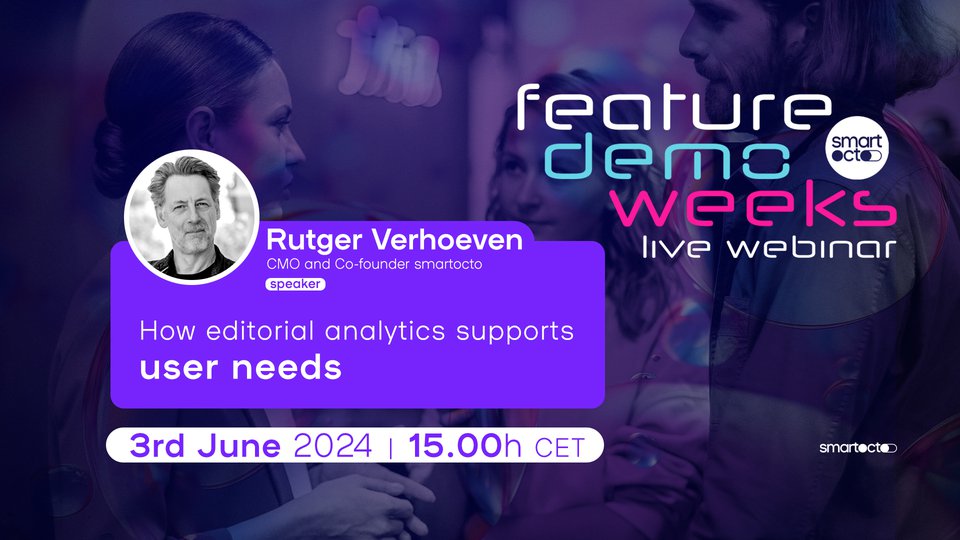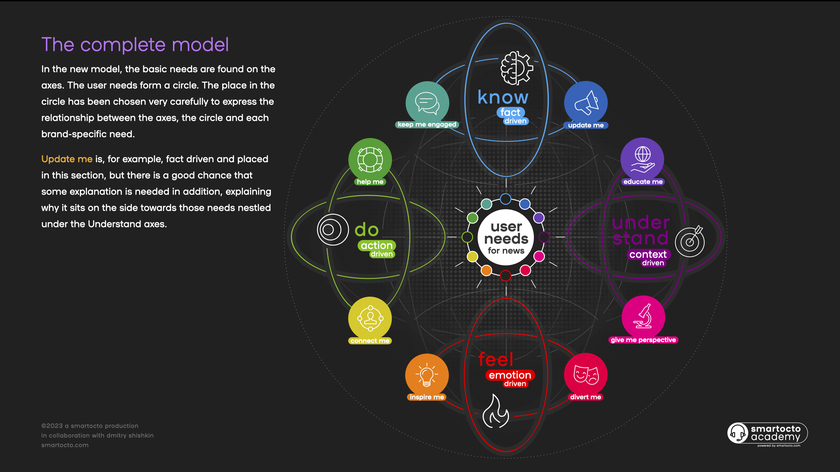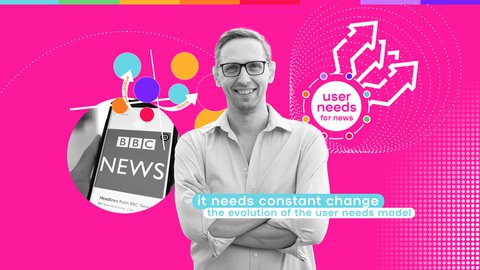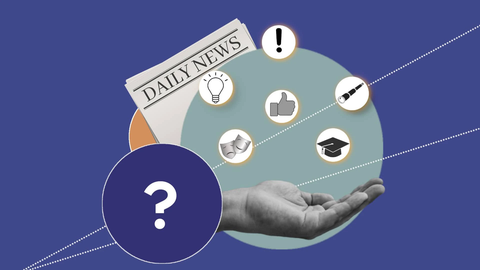What people really need from news
Different people need different things from news, and the User Needs Model 2.0 has been developed to determine just that: eight different reasons why people consume news. These needs go beyond just getting the facts, and stem from basic human desires: understanding the world around them, being able to join in on the conversation, share information with others and determine whether something is bad or good, wrong or right.
For an increasingly large number of people, especially the younger generations, it's not enough to simply know what has happened. They want to understand the news, and find out how it affects them or if there are possible solutions to problems. In short, they need stories that are fact-driven, context-driven, emotion-driven and action-driven. We're big fans of this model and created an updated version which was launched in March 2023: The User Needs Model 2.0 (download the whitepaper).
What are the user needs for news?
What are the user needs exactly, and how can you recognise them? We created blogs to help you understand and implement every user need. Dmitry Shishkin was one of the first advocates of the user needs model when it was developed at the BBC, and he gives his master tips.
Four main drivers
Fundamentally, we have found that content resides within four essential and basic drivers that lead to the user needs that circle around them.
